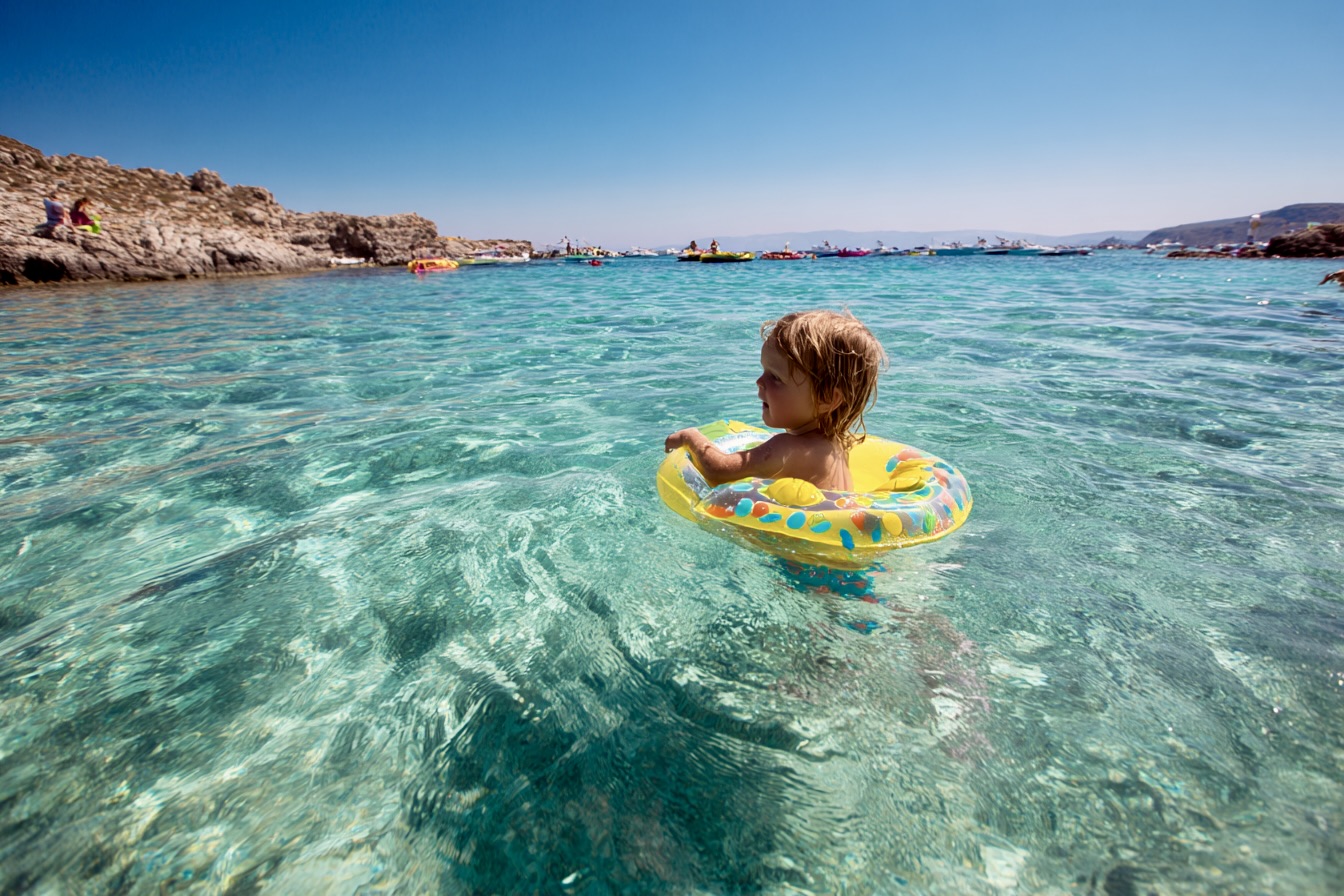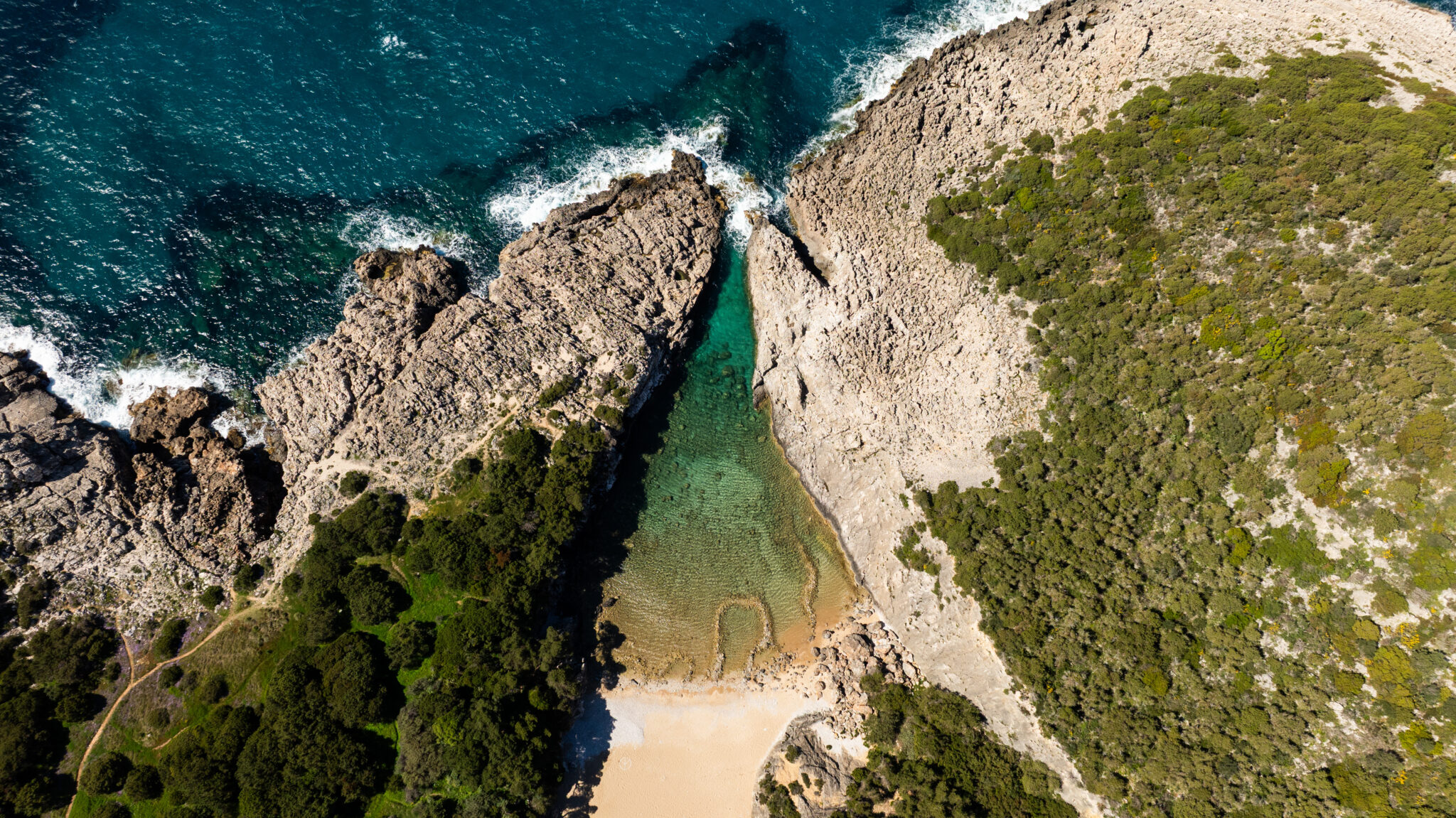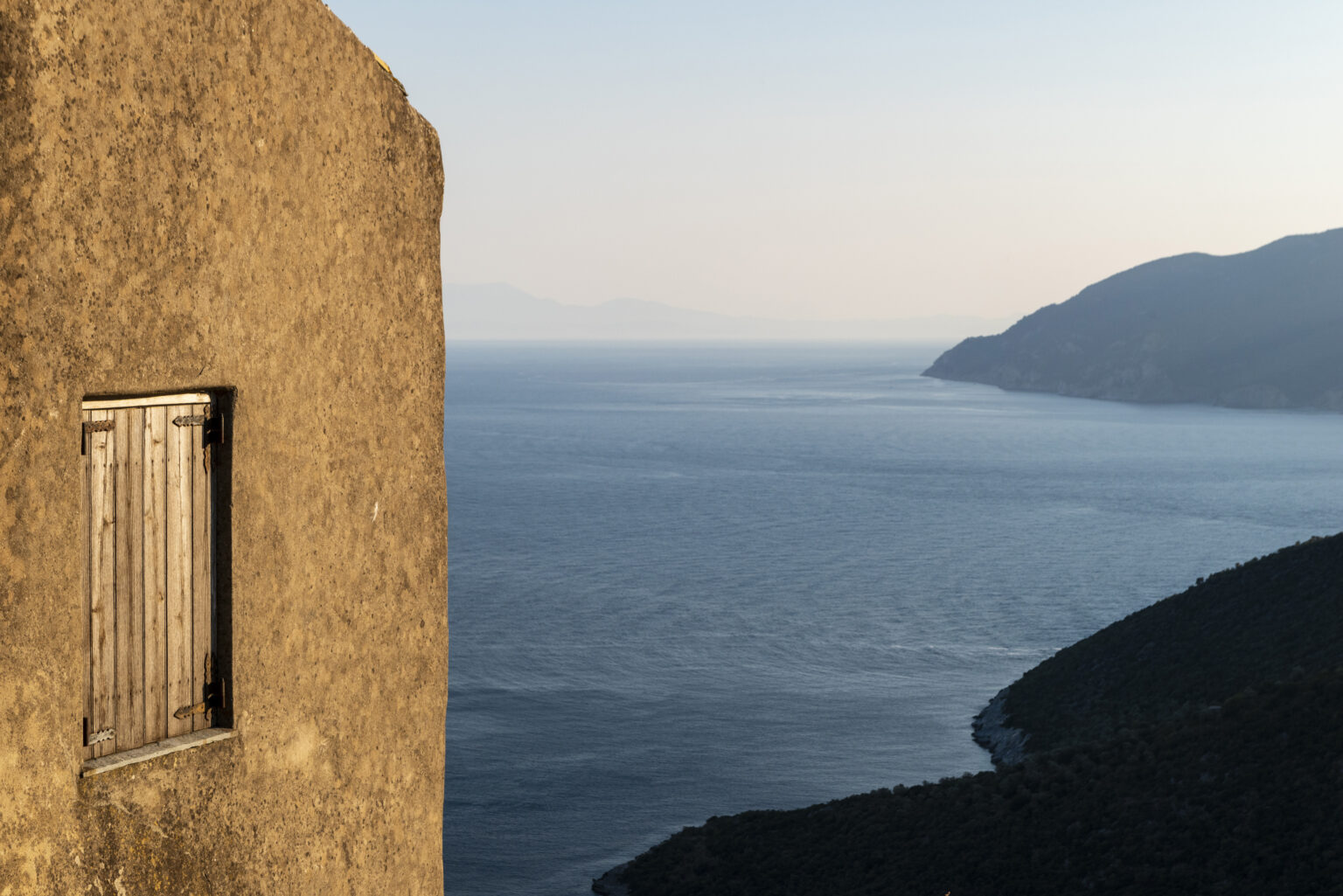Greece’s coldest ever day was recorded around this time of the year 49 years ago, on January 27, 1963, in the northern town Ptolemaida, the country’s biggest energy producing hub for decades, when the temperature reached as low as -27.8 degrees Celsius, according to official data provided by the National Meteorological Service.
Other locations in Greece would seemingly be likelier holders of this coldest-temperature record, given their track records. For instance, Nevrokopi, in the Drama region, also in the north, produces the lowest average temperature virtually every winter season, while Nymfaio, in the Florina region, and a range of other nearby places, are renowned for their freezing winter temperatures.
Even so, extremely low temperatures are regularly recorded in record-holding Ptolemaida. It comes as no surprise that the record-low temperature was recorded during the winter of 1962-63.
Winter of Ice
It has gone down in history as the “winter of ice” and was the coldest winter of the 20th century for many European countries. Not surprisingly, three of Greece’s ten lowest ever temperatures were recorded that winter.
On the day Ptolemaida set the country’s record-low temperature, Serres, in the north, recorded -23 °C, while, a day earlier, the temperature in the northern city Thessaloniki had dropped to -14°C.
These freezing temperatures were the culmination of a difficult period as, in the lead-up, in December, 1962, the snowfall on the Kastoria-Florina highway reached nearly two metres. Extremely heavy rainfall was experienced in Athens, as well as in the western port city Patras, while, at some points during that record-breaking winter, the Evros river in Greece’s northeast was completely frozen. These freezing weather conditions inevitably led to casualties.
The extreme weather events in Greece, a Mediterranean country, were part of a winter that resulted in even harsher conditions in central and northern parts of Europe.
In the UK, the winter of 1962-63 is remembered as “The Big Freeze”. It took until March 6, 1963 for the ice covering British roads to completely vanish. Major snowfall was also experienced in central European countries, while the fish population of the North Sea diminished as a large number of fish were unable to cope with the freezing temperatures.
Ptolemaida, not a tourism hotspot but definitely well located
Returning to Ptolemaida, the northern city is not a tourism attraction, but it certainly does not lack beauty and interesting things to do. It is worth visiting the Palaeontological-Historical Museum of Ptolemaida, offering insight into the location’s lignite deposits, a main energy source, over many decades, for Greece’s grid. The museum also exhibits impressive tusks that have been discovered in the wider area. They date back to elephant predecessors.
Ptolemaida’s biggest bonus is its pivotal location, serving as an ideal base for the discovery of abundant beauty in northern Greece’s wider western Macedonia region. From Ptolemaida, visitors can easily reach Lake Vegoritida, the Kaimaktsalan ski resort, as well as the towns Florina and Kastoria, both less than an hour’s drive away.
Ptolemaida on the map
How to get there
Ptolemaida is 498 km from Athens. Under normal weather conditions, the location may be reached in 5 ½ to 6 hours by car, while the road toll cost, if taking the most direct route, amounts to €22.50. The wider region is also serviced by Kozani airport, Sky Express offering flights from Athens.
Read also:
The Athenian couple who left the city to live at 1,250 m altitude
Gorgeous under-the-radar Greek village reveals its secrets







